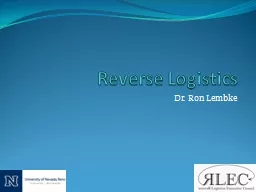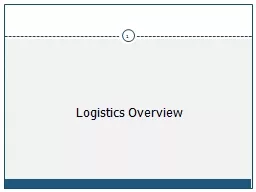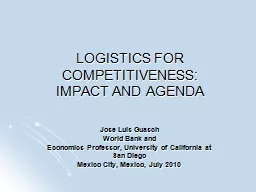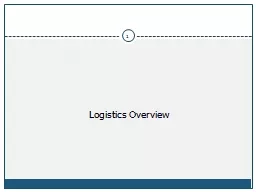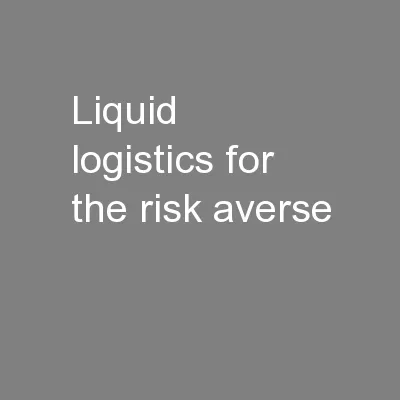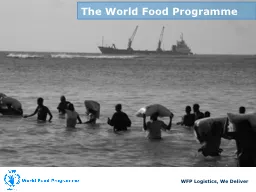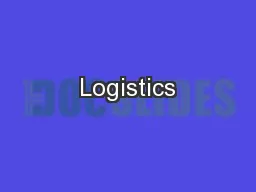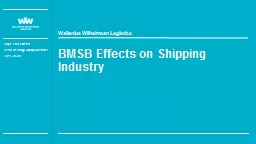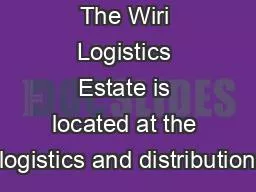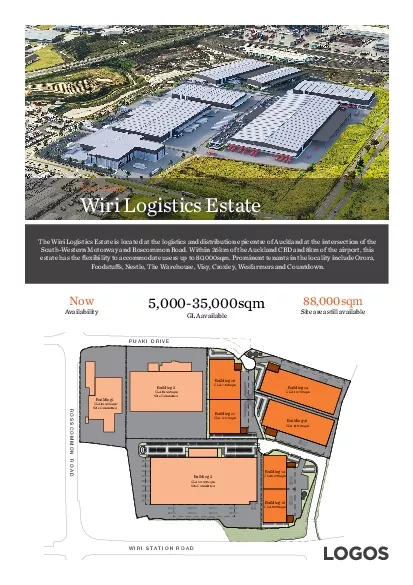PPT-Reverse Logistics
Author : briana-ranney | Published Date : 2017-06-15
Dr Ron Lembke Free Book Amazoncom 20 wwwrlecorg 0 Free download CSCMP Free to all members Flow of Retail Goods Retailer would like to stop it all at the red
Presentation Embed Code
Download Presentation
Download Presentation The PPT/PDF document "Reverse Logistics" is the property of its rightful owner. Permission is granted to download and print the materials on this website for personal, non-commercial use only, and to display it on your personal computer provided you do not modify the materials and that you retain all copyright notices contained in the materials. By downloading content from our website, you accept the terms of this agreement.
Reverse Logistics: Transcript
Download Rules Of Document
"Reverse Logistics"The content belongs to its owner. You may download and print it for personal use, without modification, and keep all copyright notices. By downloading, you agree to these terms.
Related Documents

